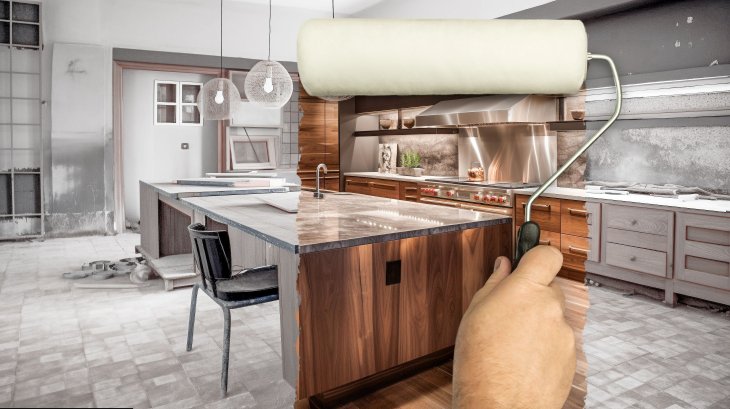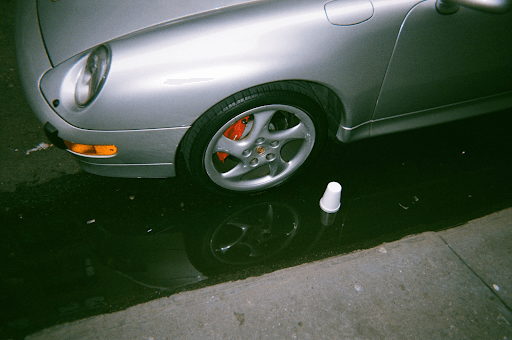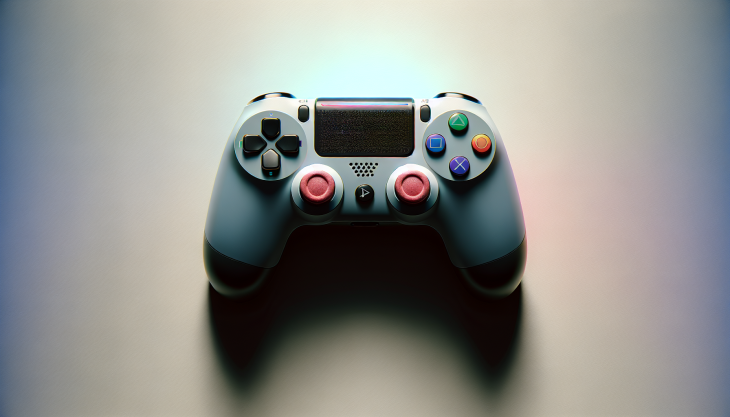It can be hard to find your way around after a car accident because of all the stress, confusion, and, let’s face it, chaos that comes with it. However, what do you do when things calm down and you are being sued? This is something that many drivers fear, but it’s important to know what to do.
During this trip, you’ll go from being in a minor accident to being an important part of the courtroom scene that follows. Hold on tight as we talk about what to expect if you’re sued for car accident; you might not find it to be as scary as it seems!
The Initial Steps
The first thing you should do after facing charges for a car crash is carefully read the papers. Though it may seem obvious, you must know the lawsuit’s purpose and who is suing you. Additionally, remember any due dates or court dates specified in the papers.
Next, get in touch with your insurance company right away and let them know about the case. If necessary, they can assist and defend you in court. Also, make sure you get all the papers and proof that are connected to the legal advice car accident because they may be needed during the trial.
The Pre-Trial Phase
There are several things that need to be done before going into court. The first step involves a process known as “discovery.”
In this case, both parties share facts and proof relevant to the case. Both sides can also consult witnesses and experts.
If you have a lawyer, they will work closely with you during this part to come up with a good defence. Being open and honest with your lawyer about the accident and anything else that could affect the case is very important.
The Trial
The moment of truth has arrived with the trial. Here’s a typical overview of what occurs during a car accident lawsuit trial:
Jury Selection
If your case goes to court, both sides will be able to pick jurors from a list. This helps make sure the jury is fair and has people from all walks of life. Then people will hear the truth.
Lawyers can learn about the jury members’ backgrounds, points of view, and views by asking them questions. We call this “vis a vis.” Everyone should have equal access to the court system.
They need to look at the case’s facts and make a decision based on what they heard in court. It’s their job to do this.
Opening Statements
At the trial, each group will tell their own story of what happened, making sure that their stories are complete and true. As they construct their cases, they will ensure that each point is lucid and supported by ample evidence and real-world examples.
This helps them make their points and gives a full picture that not only proves their point but also addresses any possible reasons against it. This makes the conversation more interesting and helps us understand the problems better.
Witness Testimonies
In a court case, both sides will call different witnesses to give proof that supports their claims. This can include drivers who were involved in the accident, people who were in the car and saw what happened, police officers who arrived at the scene and wrote down what happened, or experts in accident reconstruction who can look at what happened and give scientifically sound advice. The court needs these witnesses and pieces of proof to make a fair decision and figure out what happened in the case.
Cross-Examination
The attorney for the other side will have a chance to question the witnesses that the other side brings in. During this process, called “cross-examination,” the other lawyer can ask more questions about the witnesses’ statements in order to find problems or question their trustworthiness. This crucial step in the legal process ensures a thorough examination of all case aspects prior to making a decision.
Closing Arguments
Once the court has shown all the evidence, both groups will have the opportunity to present their final arguments. In this part, each side will summarise their main points, focussing on the most convincing points made during the hearing and pointing out any flaws in the other side’s case. At this important point, lawyers can make their case stronger and convince the judges before they start to think about the decision.
The Steps After Car Accident
At the end of the day, the judge or the jury (if there is one) decide their fate. They will examine all of the evidence and reasons provided, as well as any laws or rules that may apply.
The jury or judge will decide how much you have to pay for losses if you are found to be guilty for the accident. This can include things like hospital bills, lost wages, damage to property, and more.
What If You Lose?
Losing a case over a car accident can have bad effects. In addition to having to pay for the damage, your insurance rates may go up, and your driving record may change. It’s important to talk to your lawyer about these possible results ahead of time and plan appropriately.
Considering Your Options
In the complex landscape of car accident lawsuits, it’s vital to explore all available car accident legal help to protect your interests. If you’re feeling overwhelmed, consider Personal injury help from Sweet Lawyers, as their expertise can provide you with the guidance and support you need during this challenging time.
Finding Peace of Mind After Being Sued for Car Accident
It can be mentally and financially tiring to be sued for car accident, but it’s important to stay calm and focused the whole time. Remember to be clear with your lawyer, get all the information you need, and carefully follow any steps the law gives you.
Always put safety first on the road to avoid accidents and lawsuits in the future. Watch out for other drivers, follow the rules, and never drive high or drunk. That way, you should be able to keep from getting into this situation again.
Does this article help you? Explore our website to find more helpful and fun stories that could help you.




















